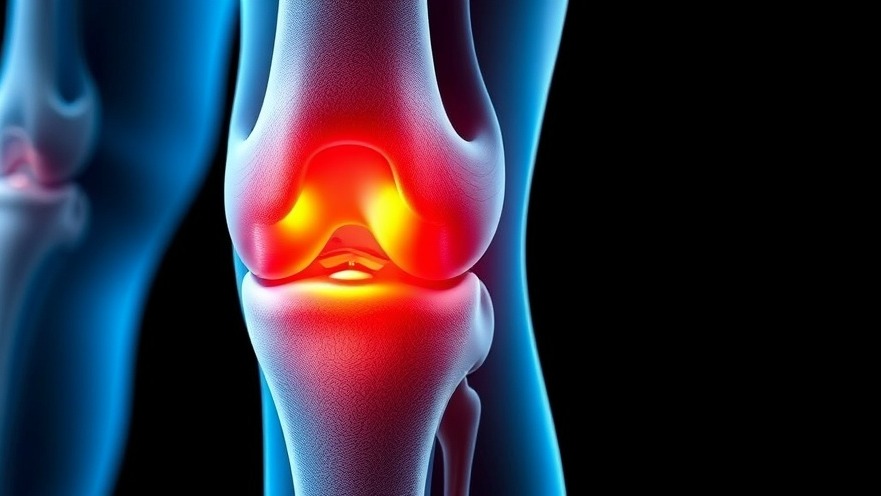
Understanding Posterior Cruciate Ligament (PCL) Injuries
The posterior cruciate ligament (PCL) plays a vital role in knee stability, ensuring the shinbone remains in proper alignment with the thighbone. It serves as a robust anchor in the knee joint and is essential for activities that involve sudden movements, turning, or sudden stops, such as in sports or even during daily activities. However, injuries to the PCL, while less common than those to the anterior cruciate ligament (ACL), can lead to significant functional impairment.
Causes of PCL Injuries: High-Speed Forces at Play
PCL injuries typically occur from high-impact traumas, often requiring a powerful force. Common causative scenarios include:
A collision, such as a football player falling onto a bent knee.
A motor vehicle accident where the knee strikes the dashboard.
Twisting injuries while navigating tight corners during sports.
While PCL injuries can sometimes occur from less forceful incidents, they usually involve a unique set of circumstances that significantly stress the ligament.
Recognizing the Symptoms: Pain and Swelling
The symptoms of a PCL injury can develop subtly but should never be overlooked. Typical signs include:
Sudden pain that intensifies rapidly
Swelling in the knee area
A feeling of instability during movement
Many individuals mistakenly attribute these symptoms to common strains or overuse injuries, underscoring the need for professional assessment of any knee issues.
The Rehabilitation Journey: From Injury to Recovery
For patients, especially those engaged in physically demanding roles, understanding the implications of a PCL injury is critical. While some PCL injuries can be managed non-operatively, many patients may find themselves facing rehabilitation.
Therapies typically include:
Rest and ice to reduce swelling
Physical therapy programs focused on strengthening surrounding muscle groups
Gradual return to sports under professional guidance
For concierge practices, this is an opportunity to enhance patient support through tailored rehabilitation plans that emphasize wellness and physical vitality.
Emphasizing Patient Care Strategies
For concierge medical practice owners, integrating injury prevention strategies into patient education can yield substantial benefits. Regular check-ins, educational materials about injury risks, and personalized fitness regimens can position your practice as a proactive leader in patient wellness. Encourage open dialogues about physical activity choices while creating comprehensive guides on injury management and recovery.”
This could include offering workshops or informational sessions where patients can learn about physical health, nutrition, and recovery tactics – further solidifying your practice as a pivotal health resource.
Conclusion: Enhancing Wellness through Collaborative Care
Understanding PCL injuries and their implications is essential for ensuring patients receive appropriate care. By emphasizing empathetic communication and offering comprehensive resources, concierge medical practices can significantly improve patient relationships and outcomes. Focus on holistic care strategies that blend physical rehabilitation and mental wellness to elevate the standard of care you provide.
 Add Row
Add Row  Add
Add 




Write A Comment